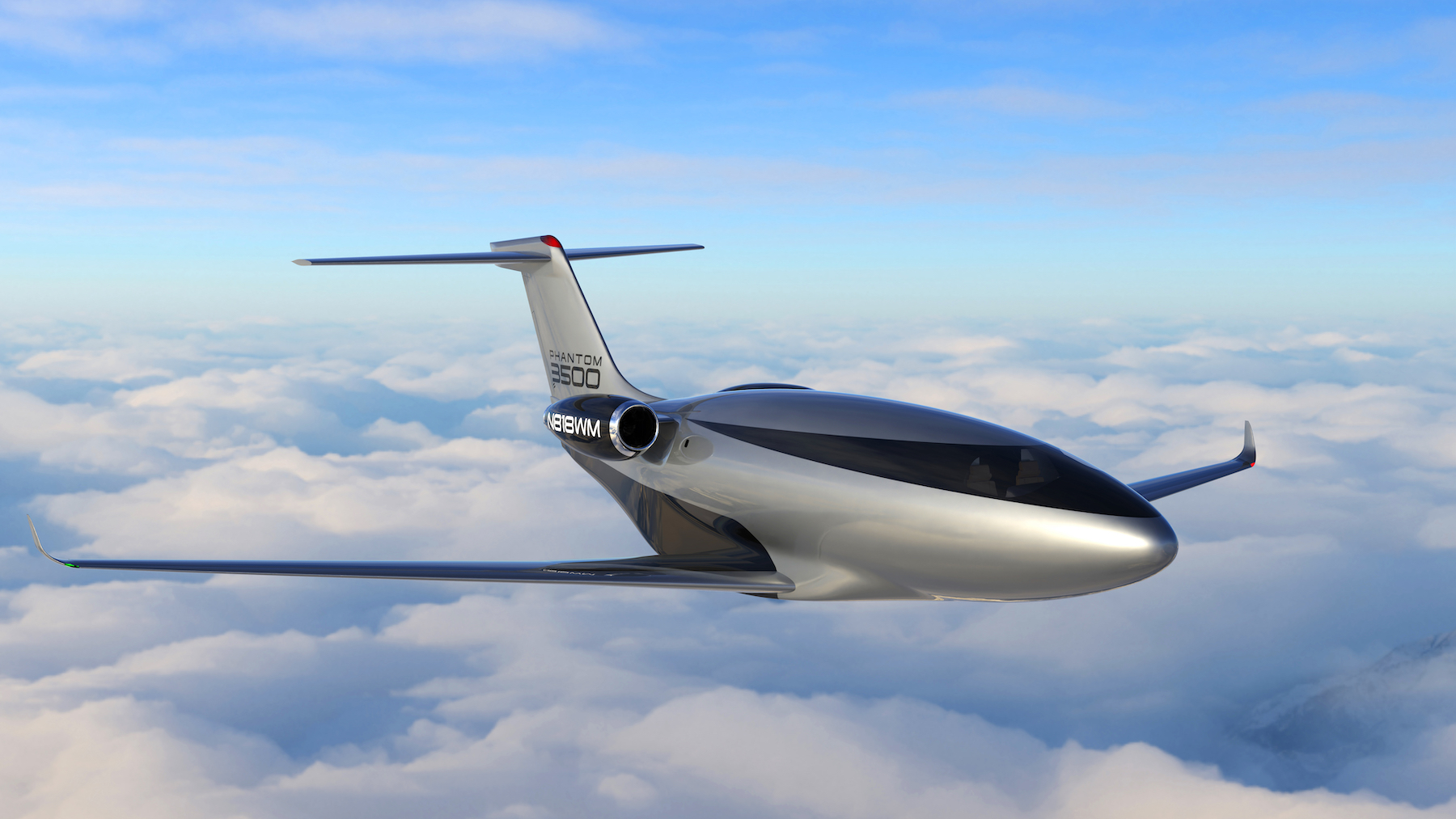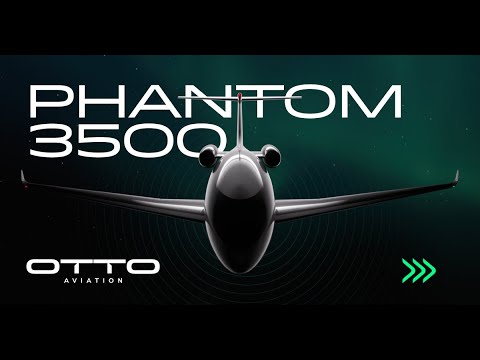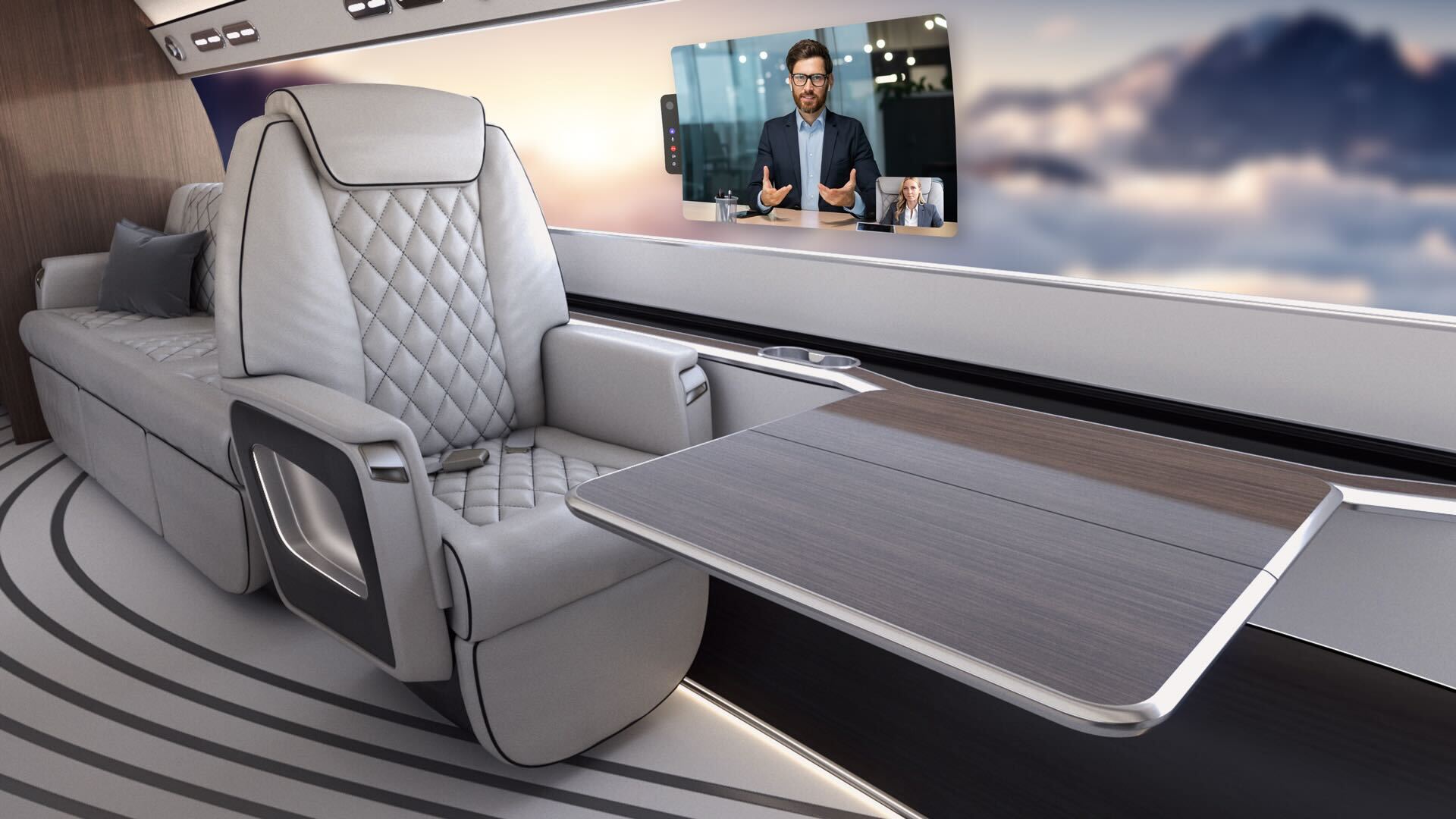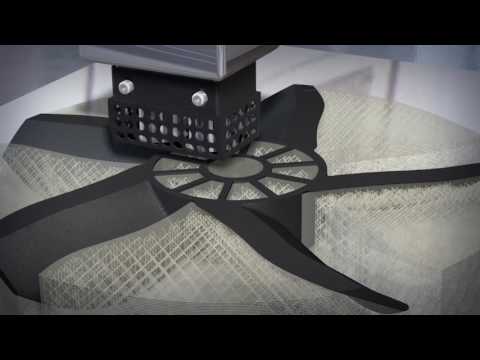For the average air traveler, window seats are often considered prime real estate, so much so that they’ve sparked several dramatic mid-flight skirmishes over the years. But that’s not quite the case for plane manufacturers, who have long viewed those coveted oval portholes more as design obstacles to be overcome.
While windows are pleasant for passengers, they create structural weak points that require extra reinforcement and add weight. Combined with their curved shape, they also increase drag, which means more energy and fuel consumption. All of that, in the long run, adds up to a more expensive ride. Now, after years of mostly unsuccessful efforts to eliminate windows from cabins, one luxury jet maker appears to be on the verge of doing just that.
This week, Texas-based Otto Aerospace announced a deal with Flexjet, a private luxury jet provider, to supply 300 of Otto’s sleek and fuel-efficient Phantom 3500 jets to its fleet by 2030. These ultra-modern jets, still in development, have eliminated traditional passenger cabin windows entirely, replacing them with virtual ones that display real-time views from high-definition cameras mounted around the aircraft’s exterior. The result is a panoramic digital experience that company executives describe as “SuperNatural Vision,” and available to every passenger on board.

In other words, no one has a window seat—but everyone gets a virtual one. (A spokesperson for Otto told Popular Science pilots will still have conventional windows in the cockpit.) Though questions remain about how passengers will actually respond to what could potentially feel like a more claustrophobic cabin, a successful rollout by Otto could inspire similar designs from other manufacturers eager to reduce costs and lower emissions.
“You have these wonderful digital windows inside that we call SuperNatural Vision,” Otto Aerospace President & Chief Operating Officer Scott Drennan told Popular Science. “It’s experiential and we think that’s really important along with a voluminous cabin to make our customers enjoy the ride.”
“No more craning through a single window to see Mount Rainier or some other beautiful site that’s on your flight path,” Drennan added.
News of the deal with Flexjet was first reported by the Wall Street Journal.

Windows were sacrificed in a battle against aerodynamic drag
Otto’s decision to ditch windows is part of a broader design philosophy focused on maximizing laminar flow. Laminar flow, the opposite of turbulent flow, refers to the smooth, orderly movement of air over a surface. In aircraft design, various components can protrude from the plane’s body and disrupt this smooth airflow, introducing turbulence and increasing drag. Traditional windows are one of those components.
With the Phantom 3500, Otto claims it has designed the aircraft to maximize laminar flow across the entire body, a first, they say, for a commercial jet. This is done, the company claims, by using ultra-smooth surfaces made from advanced composite materials engineered for both strength and durability, with minimal surface distortion.
“Unlike incremental improvements in aviation, laminar flow represents an evolution in how aircraft are designed, built, and operated,” Otto writes on its website.
The resulting aircraft is notably quite small. Its cabin measures just 22 feet long and 6 feet 5 inches tall—shorter than an average NBA player. The plane’s twin engines allow it to cruise at 51,000 feet, with a maximum range of 3,682 miles, which is roughly the distance from Denver, Colorado, to Honolulu, Hawaii. The cabin seats up to nine passengers, and the absence of windows allows for greater interior customization, whether for relaxation or productivity purposes. And Otto claims that the efficiencies gained from the aircraft’s small frame and design choices (including the removal of windows), reduce overall fuel burn by 60 percent compared to other jets of similar size.
Eliminating window portholes can also reduce steps in the construction process, which the company says should help lower manufacturing costs. In theory, those savings on manufacturing and fuel could one day result in ever so slightly lower ticket prices for travellers looking to indulge in a private jet experience.

Fake windows can cut costs, but will travellers actually want them?
Aerospace companies have been exploring ways to eliminate windows for the better part of a decade. In 2014, a Boston engineering firm called Spike Aerospace introduced its own virtual screen design. Even earlier, Dubai-based Emirates unveiled what it called a “fully enclosed first class private suite,” featuring real-time fiber optic camera technology.
Researchers, meanwhile, have studied the feasibility of retrofitting certain mid-range jets (like the Boeing 737-800, Airbus A320, ATR 72, and Embraer 190) with windowless designs and have reported some promising results. One 2020 study, published in the International Journal on Interactive Design and Manufacturing, suggested that replacing windows with simulated versions could save millions of tons of carbon dioxide annually if adopted at scale.
But it’s still unclear how passengers (especially the financially endowed kind) will respond to spending extended periods of time in flight without access to “real” visual lines of sight. It also remains to be seen how travelers will respond to other possible use-cases presented by those screens. The Otto spokesperson told Popular Science the screens do not always need to display a live feed from exterior cameras and said it’s “possible” they could even display airline safety videos, in-flight entertainment (like movies and shows), or advertisements. It’s also possible, the spokesperson added, that the displays could be used for virtual meetings or other work-related applications. Regardless, passengers will be able to control and adjust those settings, the spokesperson said.
“It’s cinematic, worldly, it feels like freedom,” Drennan said of the virtual screen experience. “And then when you start to run applications and entertainment packages, there’ll be a whole new world that you’re experiencing.”
Otto has some time to hash out exactly how all these tools will work. The first flight of a Phantom 3500 isn’t expected until 2027 and even then it will still need to gain FAA approval before it can transport travellers commercially.
So, for all the private jet purveyors out there, enjoy your traditional window seats while you can.






